Try these exercises and you’ll soon be double stopping at the double! Practise getting the bowing arm at just the right level to play two open strings at the same time.

Try these exercises and you’ll soon be double stopping at the double! Practise getting the bowing arm at just the right level to play two open strings at the same time.

These two-finger scale exercise are fantastically useful for improving shifting and intonation and a great way to warm-up at the start of a practice session.

Shift up and down with the first finger - from 1st through to 4th position - to get a new, and hopefully nice and clear, perspective on things!
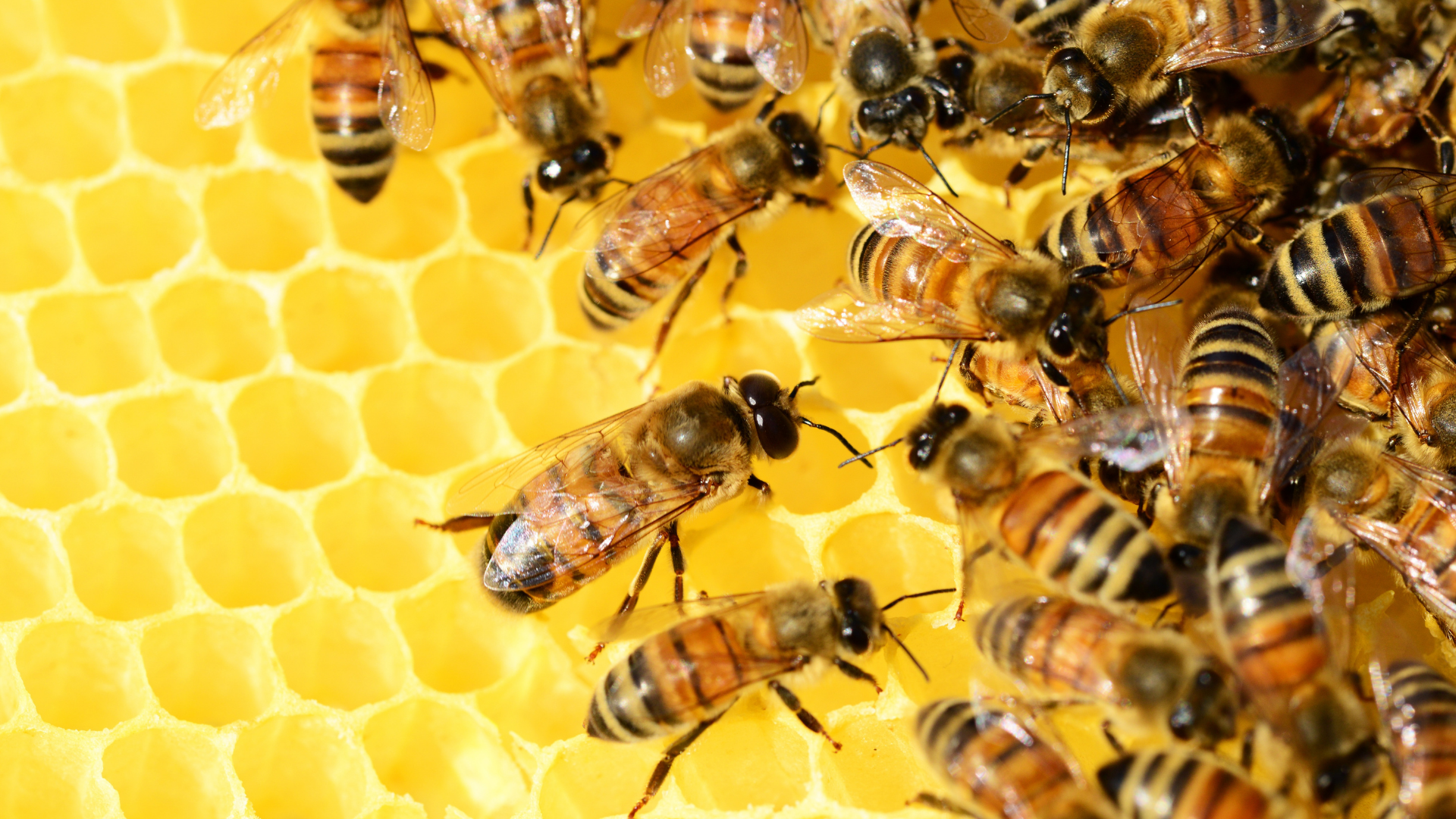
This exercizzzzze is a hive of activity! Use the slurzzz and Rhythm patternzzzz to practizzzze your B major and E major 1 octave scalezzzzz in 1st pozzzzition!
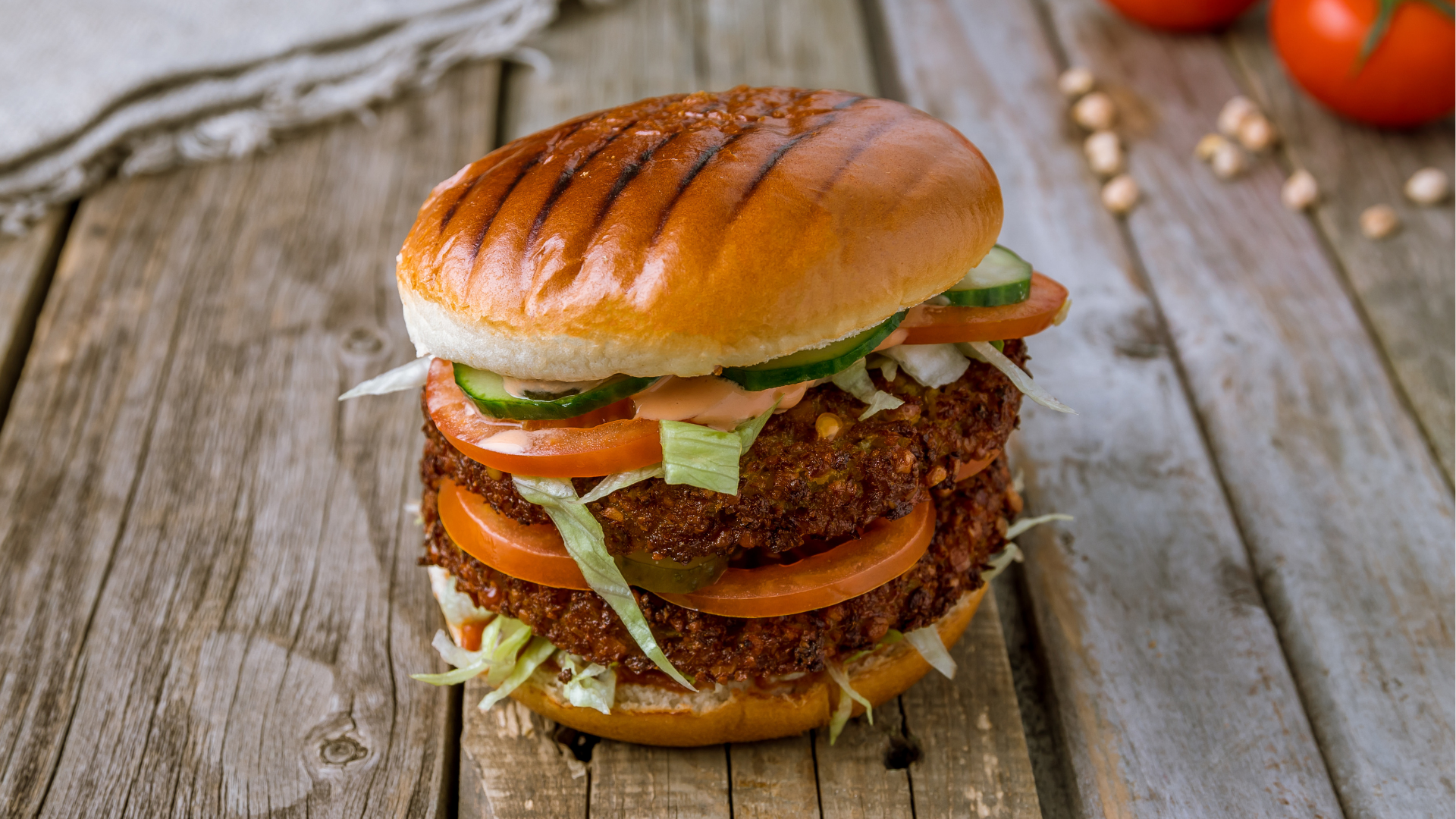
Practise doubling stopping (playing two strings at the same time) with fingers on the upper string - Doubling Up - and fingers on the lower string - Doubling Down.
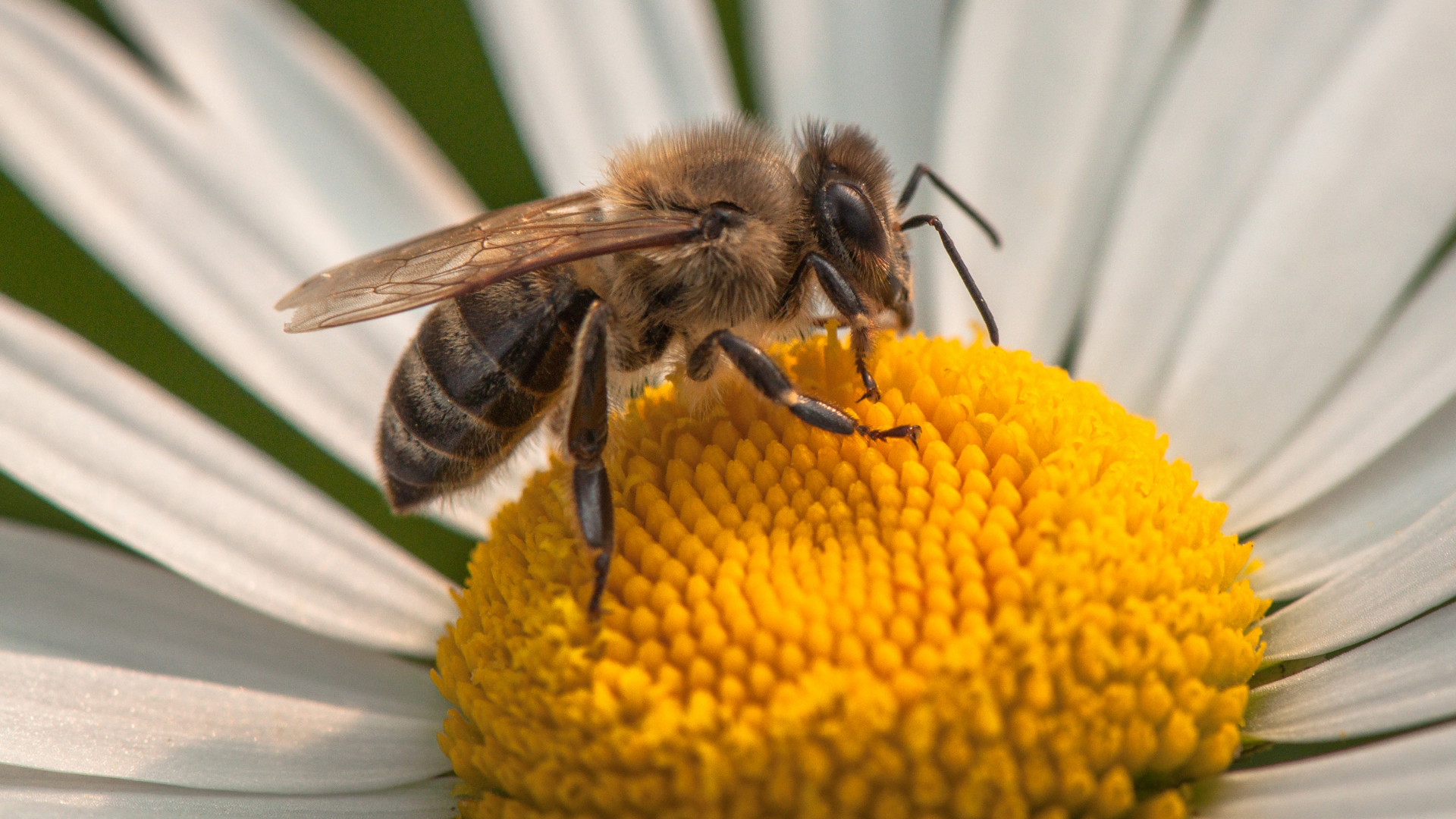
Bzzzzzzz! Practizzzzze thezzzzze exercizzzzes and your B major and E major 1 octave arpeggiozzzzzz in 1st pozzzzition will be the bee’zzzzzz kneezzzzzz!!

Enjoy that little bit extra as you make it a double! Keep your first finger across two strings throughout and then quaff those delectable double stops!
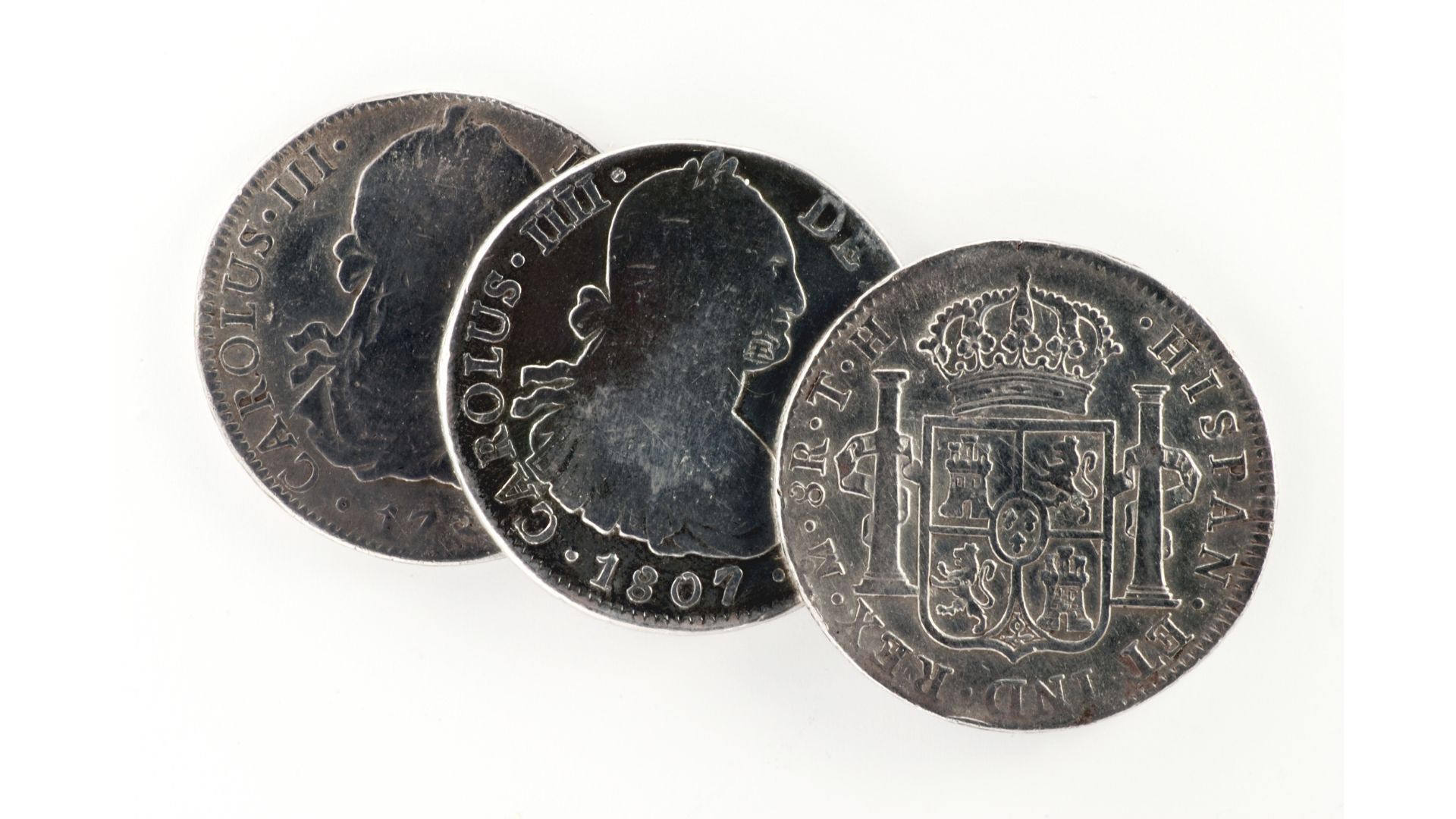
Practise getting double-stopped octaves in tune to make lovely, shiny pieces of eight! An octave is an absolute miracle of music, but only if it's exactly in tune!
Hone your hooked bowing with these effervescent exercises! Practise these jaunty zigzaggy arpeggio patterns in G, A, Bb, and C major, and soon you'll be hooked!

You'll need to divide the bow with mathematical precision to conquer these exercises. ViolinSchool strongly recommends using a mirror to get a good perspective!
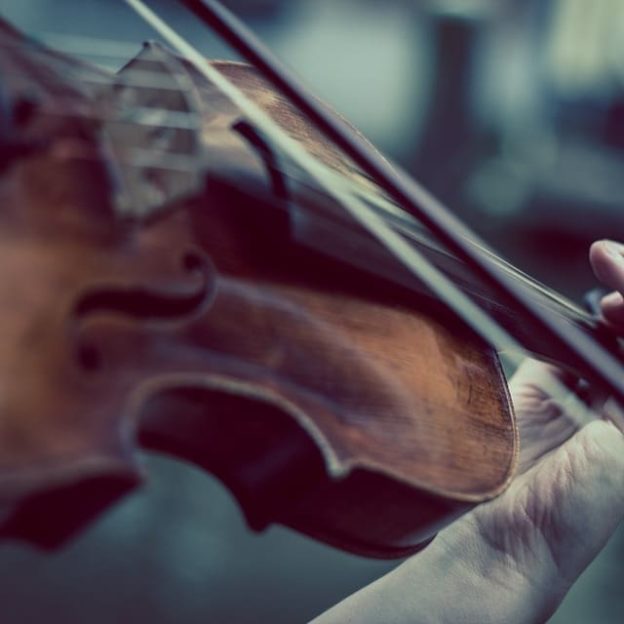
Do you ever find yourself landing on the wrong string, or hitting other strings whilst playing? Do you find that your stream crossings are not consistently smooth? These could be signs that your bow arm is not consistently at the right level. Instead, your bow arm could be too high, or it could be too […]
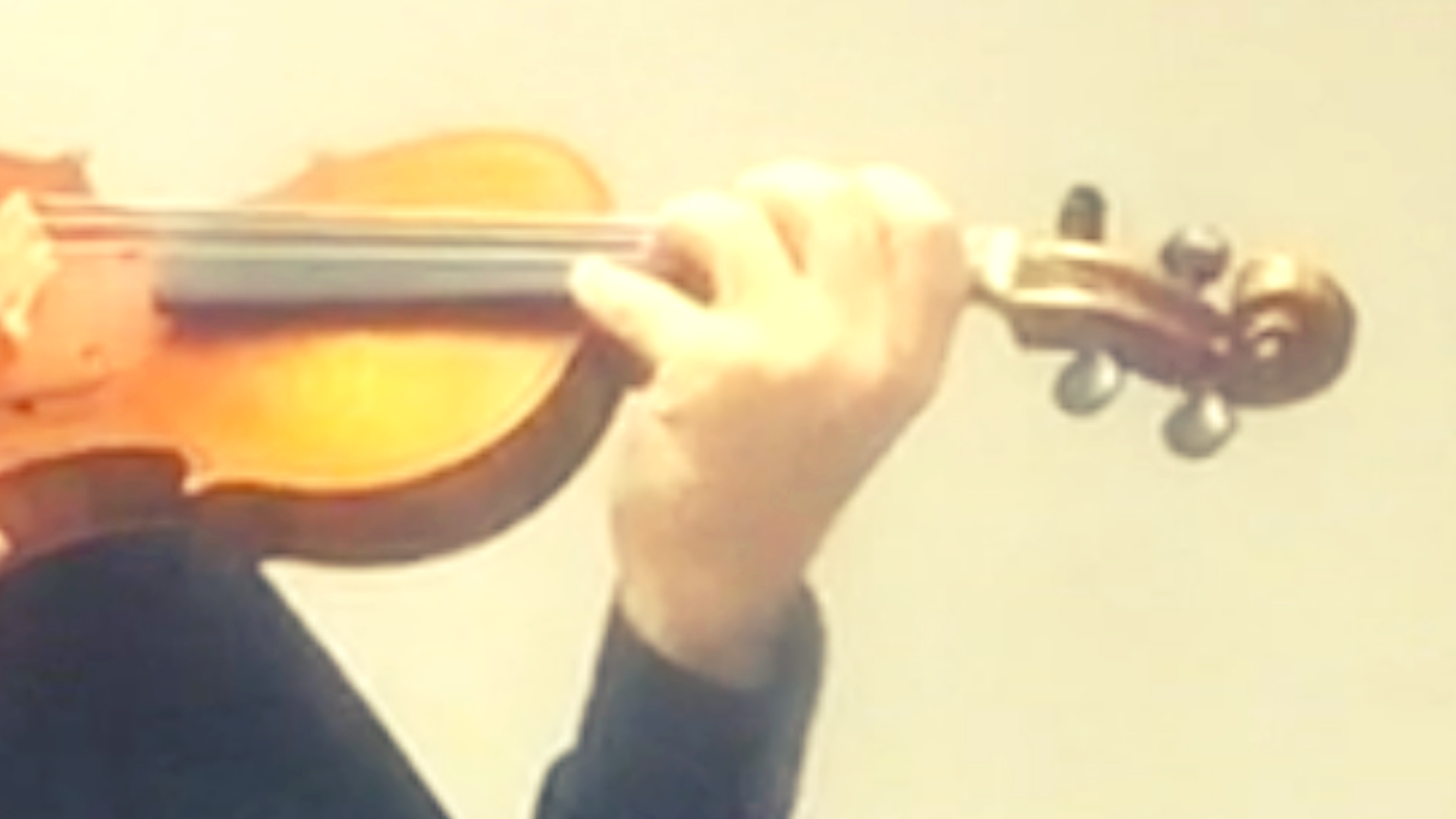
We place the fingers on the strings of the violin to create the notes. Here are some 'finger numbers' and grid patterns that you can use to make it easier!
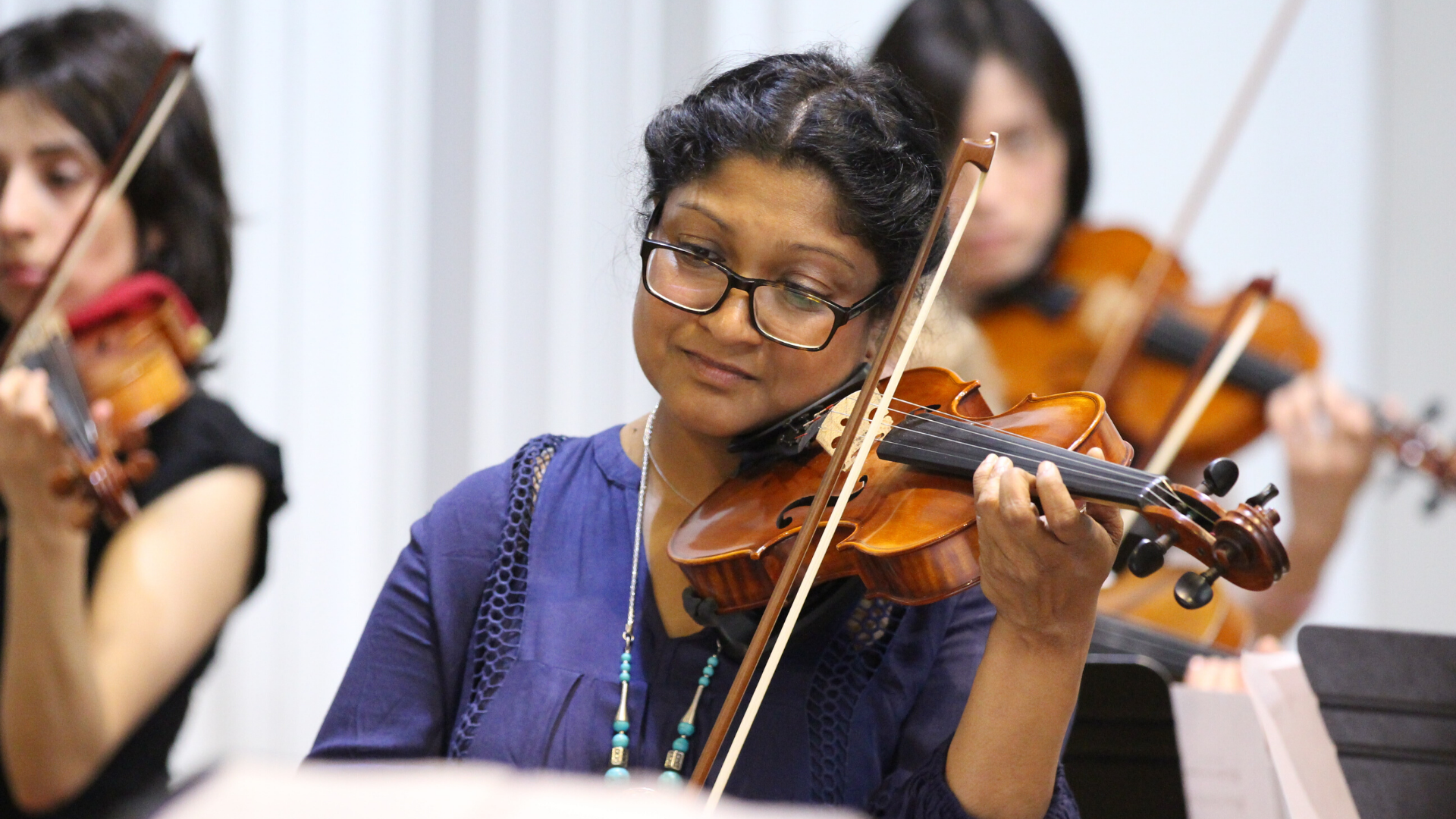
Here is a tune to sing whilst you bring the violin into playing position. Try it without the violin first!

How do you learn where to place your fingers on the violin? One of the easiest and quickest ways to learn how to get the right notes is by learning FINGER PATTERNS. Here's Finger Pattern 1 ...
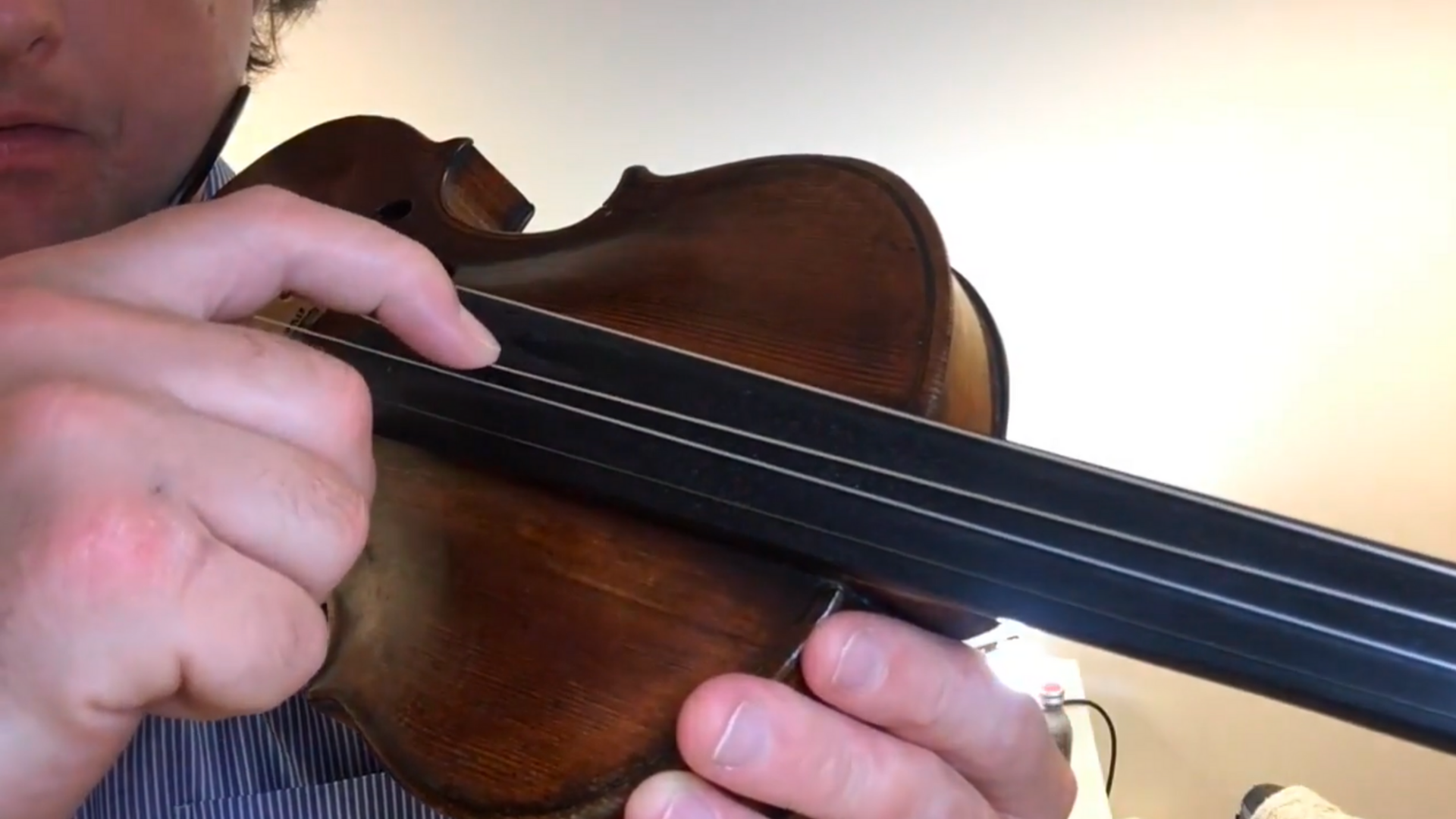
We've just added the digital notation player to 'Pull Some Strings', a useful set of introductory exercises to help first-time players recognise the notes for the first time.

Here are some exercises for practising the G Major scale in thirds. Make sure you practise slowly, and be very aware of the position of your bowing arm.
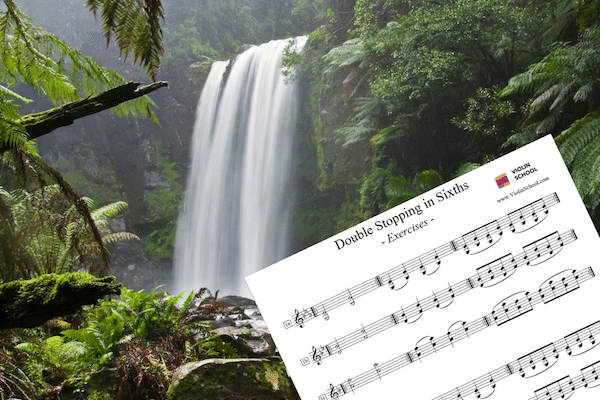
These exercises are brilliant for practising double-stopped sixths! Use them for intonation work, and to develop a really solid left hand technique!

Hook, Line, & Sinker is a great study to use for practising hooked bowing. We use this technique to avoid unwanted accents or using too much bow when playing uneven note values. (such as dotted rhythms) in order to avoid unwanted accents on the shorter notes and to stop us from running out of bow!

For a happy marriage of aural and muscle memories, keep the first finger down and learn the distances to the other notes within the hand ‘frame'.
